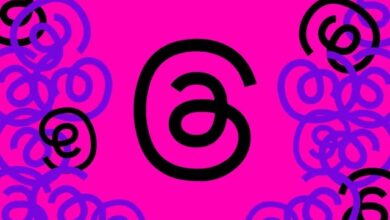Human and Machine Partnerships an Ethical Alternative to AI Replacement

The development of artificial intelligence (AI) has sparked concerns about job displacement, ethical issues, and the potential for AI systems to replace humans. However, the author, a sociologist working with NASA’s robotic spacecraft teams, argues that there is a more ethical and productive way to integrate AI into workplaces. By focusing on human-machine partnerships rather than replacement, the author believes we can address ethical concerns and create a more humane path for AI integration.
The Replacement Myth:
The prevailing view of AI often revolves around the “replacement myth,” which suggests that AI will replace humans in various roles. This perspective fuels fears of job loss, safety risks, and ethical dilemmas. The author argues that empirical evidence shows automation does not necessarily reduce costs but can increase inequality. Moreover, it often leads to humans engaging in “ghost work,” performing mindless tasks for AI systems.
Mixed Autonomy Systems:
While some propose “mixed autonomy” systems where humans and robots work together, this approach can still lead to the marginalization of humans in favor of AI. Humans may end up curating or teaching AI systems, contributing to a problematic division of labor.
Extending Rather Than Replacing:
The author’s research with NASA’s robotic spacecraft teams demonstrates that human-robot teams can be successful when they extend and augment human capabilities rather than replacing them. Such teams allow machines to perform tasks that are dangerous for humans, such as minesweeping or space exploration, while leveraging the unique strengths of both humans and robots.
Respectful Data Usage:
One significant ethical challenge in AI is data usage. Generative AI often uses artists’ and writers’ work without consent, leading to issues of copyright and bias. In contrast, robots on Mars primarily rely on visual and distance information, focusing on the physical environment rather than social data. This approach helps avoid surveillance, bias, and exploitation concerns.
The Ethics of Care:
Robots and AI systems can evoke human emotions when seamlessly integrated into human activities. Soldiers mourn broken drones, and families give names and personalities to their domestic robots. This sense of care for machines arises from daily interactions, mutual accomplishments, and shared responsibility.
A Better AI Future:
The author suggests that instead of focusing on AI’s potential to replace workers, we should explore how AI can enhance human capabilities. Human-machine partnerships could help script-writing teams, artists, and software development teams by improving efficiency and providing support without replacing human roles entirely.
Conclusion:
The article proposes a shift in the narrative surrounding AI, moving away from the replacement myth and toward human-machine partnerships that extend human capabilities. Such partnerships can address ethical concerns and create a more humane and productive future for AI in various industries.


